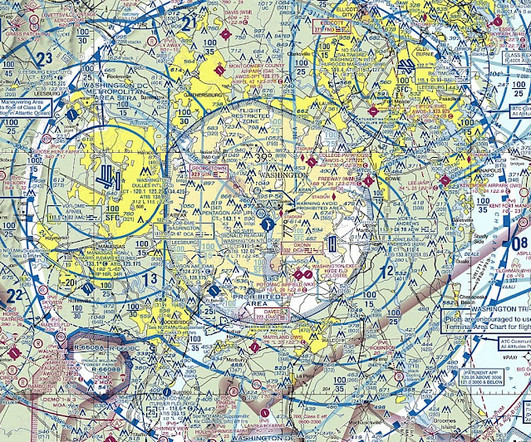How to Fly a VOR Approach: Made Easy
Pilot Institute
NOVEMBER 19, 2024
Are you curious about flying a VOR approach? If you’re aiming to master instrument-rated flying, it’d be valuable to learn about VOR approaches. We’ll cover what a VOR approach is, how to fly it step-by-step, and even whether GPS can replace it in today’s navigation. Ready to make VOR approaches easy?






















Let's personalize your content